—Dr. Ashley Wagner, PhD of Equinutrix
Although the discipline, exercise intensity, management style, diet, and breed may differ from one performance horse to the next, the fact that the job takes a toll on gastric health does not. So why is it that performance horses are so prone to gastric ulcers? It’s in the anatomy and physiology!
Anatomy of the Equine Stomach
The stomach is divided into two separate regions. The upper portion (Figure 1) is referred to as the non-glandular or squamous region. The lower region is known as the glandular region. These two regions are separated by the margo plicatus. The glandular region contains cells that secretes HCl acid, digestive enzymes (pepsin and lipase), mucus and bicarbonate. Because the non-glandular region does not secret any mucus or bicarbonate it is vulnerable to changes in pH.
EGUS
Equine gastric ulcer syndrome is collective term that was originally used to describe gastric ulcerations in horses. It has since, been further clarified to encompass erosive and ulcerative disease of the stomach of horses, and has been further characterized by the anatomical region affected: Equine Squamous Gastric Disease (ESGD) or Equine Glandular Gastric Disease (EGGD). Because you can’t see the inside of your horse’s stomach, the only definitive way to know if your horse is suffering from gastric ulcers is through a procedure called a gastric endoscopy performed by your veterinarian. This procedure allows your veterinarian to look inside your horse’s stomach!
ESGD: Risk Factors
When we think of performance horses being at risk for gastric ulcers, the majority of people are thinking about ulcers in the non-glandular region. But why are performance horses so susceptible? Is it something about their job? Actually, yes! One of the many reasons performance horses are so susceptible to ulcers is that during exercise, the stomach, if empty, contracts. The contraction in combination with moving causes acid to splash onto the vulnerable non-glandular region.
But isn’t being a performance horse is more than just exercising? There may be travel, limited turnout, and meal feeding which is stressful and may result in period of time without forage. Because horses secrete acid constantly, when there isn’t forage to create a protective mat in the stomach, the upper squamous region is vulnerable. Additional risk factors include: non-steroidal anti-inflammatory drug treatment, high non-structural carbohydrate (NSC: starch + sugar) diets, increased periods of time without access to water, increased exercise intensity, and changes in management practices.
EGGD: Risk Factors
Because the exact cause of glandular ulcers is still unknown, it is hard to say what makes a horse more or less susceptible. It is thought that there are likely a number of different mechanisms that contribute to glandular ulcers. One theory is that decreased blood flow, decreased mucus, and decreased bicarbonate secretions may contribute to glandular ulcers. The decrease in these protective secretion and lack of adequate blood flow may have to do with prostaglandin synthesis. Prostaglandins play a role in healthy mucosal blood flow, and bicarbonate and mucus secretion in the stomach. What we do know is that there appears to be a greater prevalence of EGGD in Warmbloods compared to other breeds.
General Feeding Guidelines
Forage First! For any horse the diet should be balanced around forage, and this can’t be truer for the horse suffering or prone to gastric ulcers. Ideally, it would be pasture grazing, but this may not be possible given the management or travel schedule of a performance horse. If pasture grazing is being replaced with hay, it should be free choice. If that isn’t an option due to metabolic or weight concerns, invest in slow feed hay nets and offer multiple small frequent hay meals per day (4-6).
When sourcing hay, consider alfalfa or alfalfa mixes. If feeding a concentrate, make sure that it is low in NSC. If the horse requires a high calorie diet, look for fat instead of NSC, and offer it in multiple small meals rather than 2 large meals per day. Always make sure the horse has access to free choice fresh, clean water.
What is Gastro-Well?
Gastro-Well is a nutraceutical supplement designed to support gastric health in horses. The specific blend of ingredients is tailored to all areas of gastric health including acid-base balance, proper digestion, and ulcer prevention. The pelleted formula is easy to feed and highly palatable.
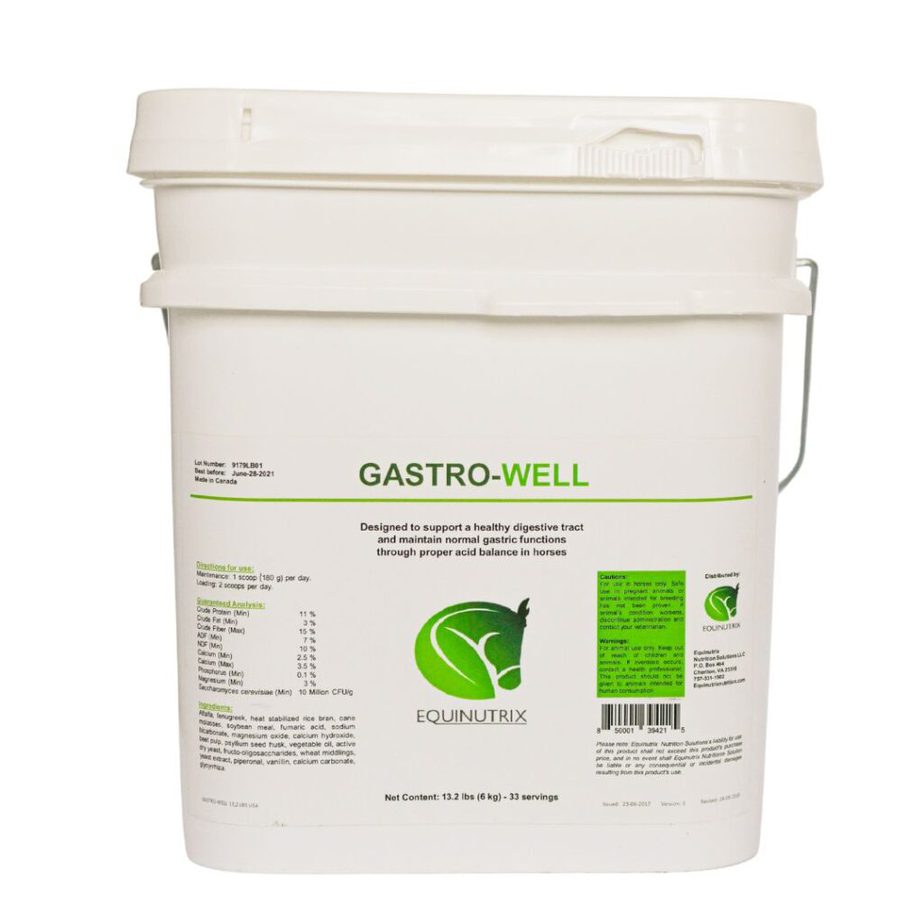
Research Shows…
Research on Gastro-Well has been performed in partnership with university researchers and veterinarians. The first trial examined competition horses with non-glandular ulcers. The horses in the trial did not receive any medication or additional supplements. Following 30 days of supplementation with Gastro-Well all horses went from grade 2 to grade 0 (Wagner et al., 2019)*. In field trials on glandular ulcers, competition horses on no other medication or supplements demonstrated reductions in ulcer severity.
If you believe your horse may be suffering from gastric ulcers, contact your veterinarian. Remember the only way to confirm this is through a gastric endoscopy. Follow your veterinarian’s recommended treatment program, but before you end the medication program be sure to add in a supportive product like Gastro-Well to keep your horse’s gastric health in optimum condition.
*Wagner AL, Nappert G, Medina BM, Girard ID. Impacts of Gastro-Well on gastric ulcer prevalence of competition horses in Canada. J. Equine Vet Sci. 2019; 76: 42.
To learn more, visit Equinutrix.
Dr. Ashley Wagner obtained her Doctorate in Equine Nutrition from the University of Kentucky and went on to work in new product development in the feed and supplement industry. She founded Equinutrix Nutrition Solutions to meet what she saw was an industry need for supplements with scientifically proven efficacy in horses. Her involvement in research has led to numerous co-authored scientific articles, abstracts, and speaking engagements.



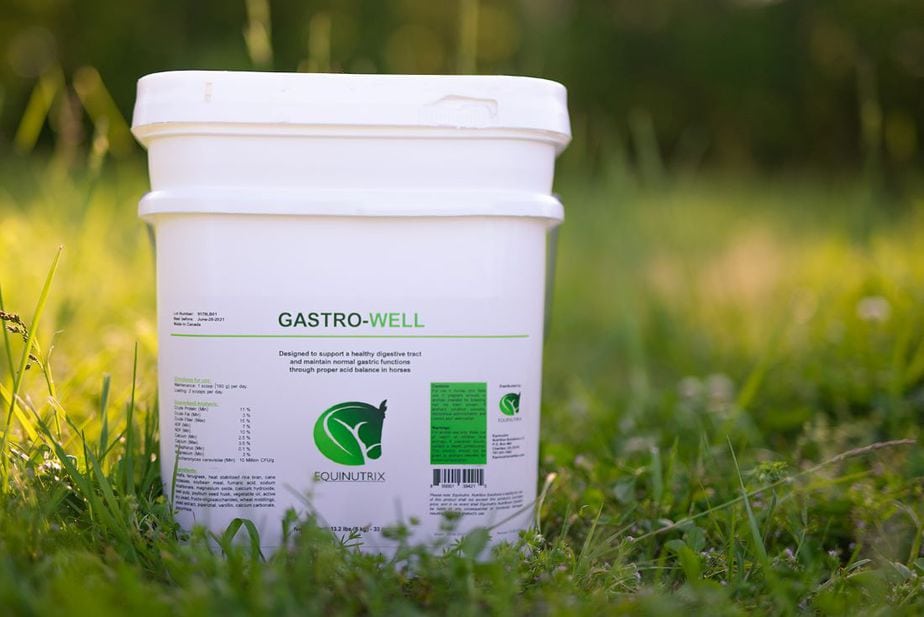
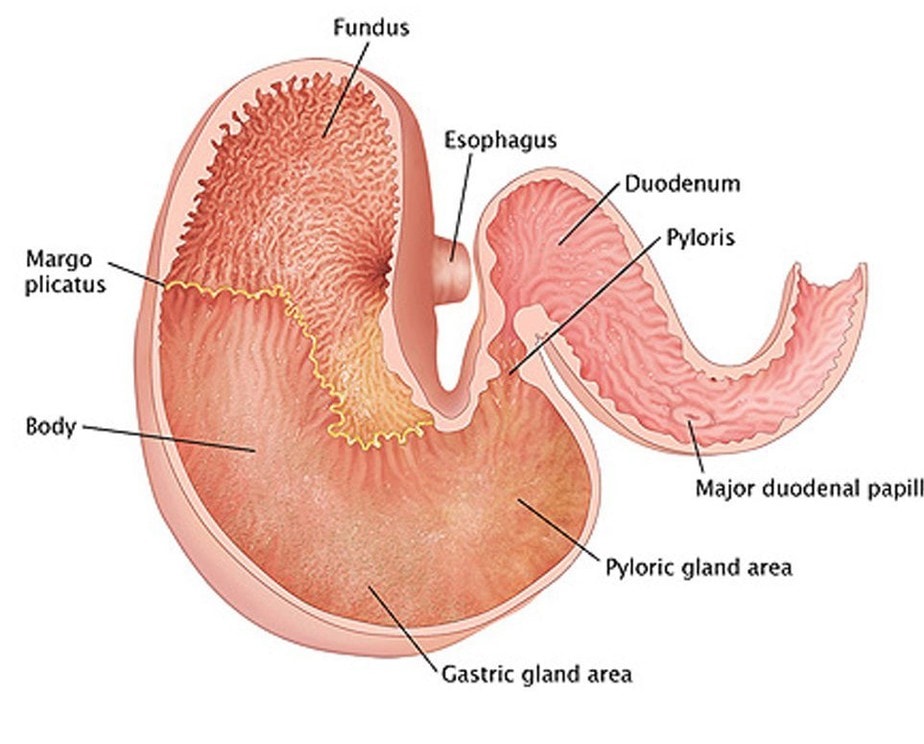
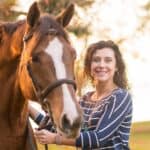
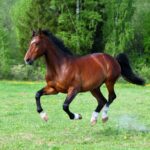
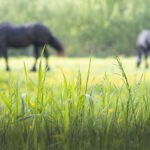






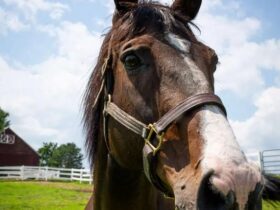
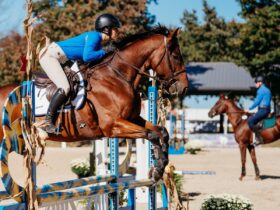





SOCIAL